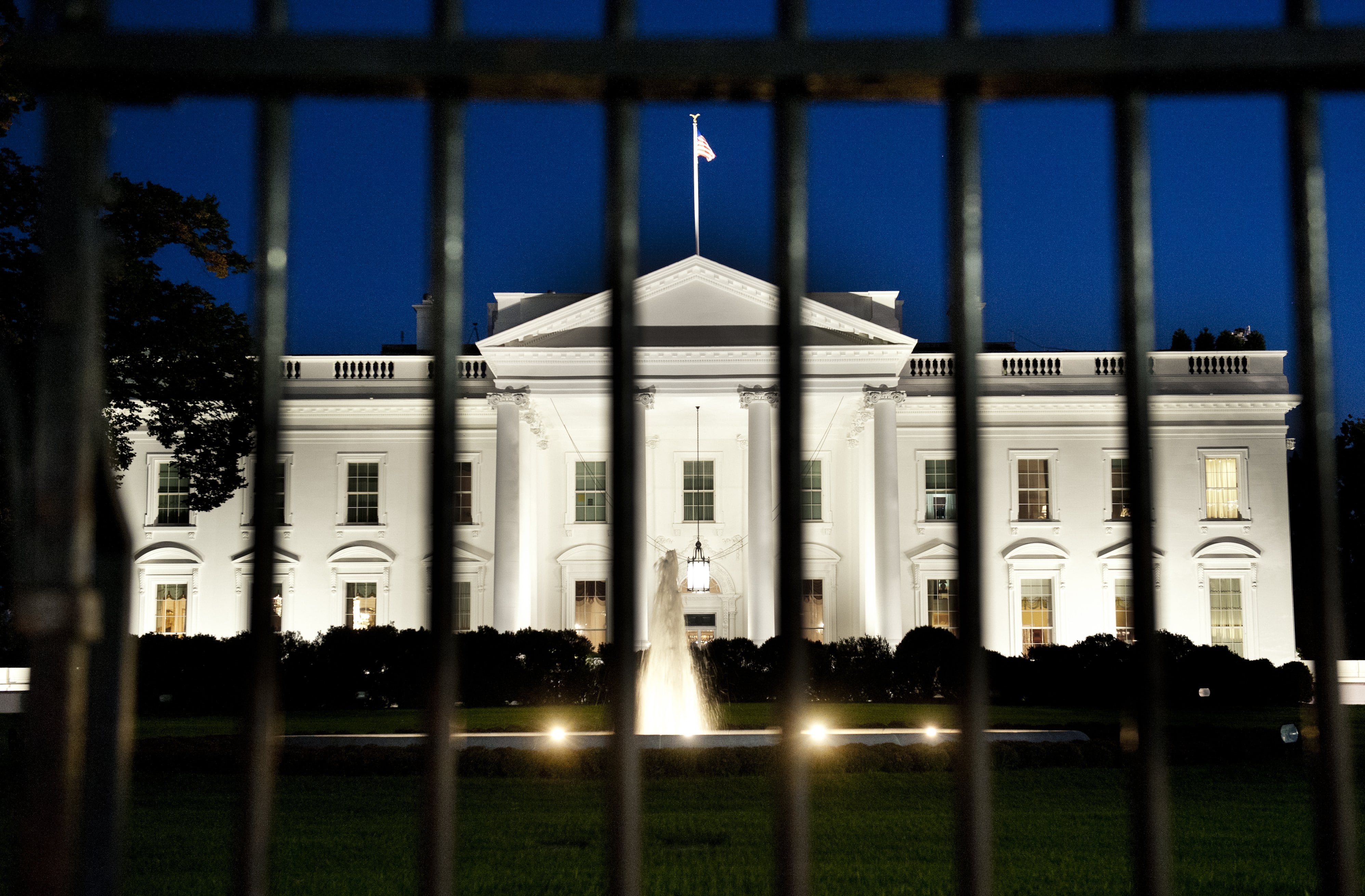WASHINGTON — The short-term budget deal approved by Congress, known as a continuing resolution, is freezing billions of dollars in planned acquisition programs across the Defense Department and will delay Army modernization efforts.
Nine new-start research and development programs scheduled in fiscal 2022 will experience delays under the CR. An Army memo obtained by Defense News the congressional decision will push back the schedules of capability demonstrations and prototype efforts.
The situation would worsen if the CR extends into March, Army officials told Defense News.
RELATED

One of the affected programs is for the Army’s long-range precision munition, which has a competitive shoot-off planned. The memo says the CR will cause a day-to-day schedule slip.
The Army wants to launch in FY22 the effort to design and develop a long-range precision munition for future aircraft, and the service plans to choose in FY23 industry designs to advance into a roughly five-year development program.
In the meantime, the Army plans to ramp up fielding of its interim solution, Rafael Advanced Defense Systems’ non-line-of-sight Spike missile.
According to the memo, the service also expects to delay an initiative to develop and demonstrate new technologies for counter-small unmanned aircraft systems. The continuing resolution pushes the schedule back for plans to look at low-collateral effectors, high-power microwave technology and active detection mechanisms. The Army won’t be able to conduct studies, assemble prototypes or integrate hardware, which it says will ultimately slow the transition into production.
The Next Generation Squad Weapon, one of the 35 modernization priority programs for the Army, will be impeded. The Army is scheduled to equip the first with the weapon in September 2022; but to make a contract award, the service needs funding for the rifle, the automatic rifle and a 6.8mm cartridge by November 2021.
The CR will also delay a technical refresh needed to eliminate cyberattack vulnerabilities for Joint Tactical Ground Stations caused by obsolescence. The funding would buy antenna arrays, front-end crypto devices and high-speed processors. The memo also mentions other soldier enhancement efforts as hitting roadblocks.
The Armored Multipurpose Vehicle, or AMPV, will face another obstacle after experiencing production delays and a cut to its budget in the FY22 request. The Army’s ability to get parts on schedule would affect production line projects and delay development of new fixtures for the thick aluminum line.
The delay on the AMPV line will also increase costs by 10 percent, the memo lays out. Even though a CR may last only three months, the program would experience another four- to six-month delay due to contracting actions that need to take place and long-lead items.
Additionally, the memo notes that five military construction projects will be delayed, including the National Guard Readiness Center and the Combined Support Maintenance Shop additions in Troutville, Virginia; a National Guard Readiness Center addition in Barrigada, Guam; a National Guard Readiness Center in Butte, Montana; and a National Guard and Reserve Center addition in Topeka, Kansas.
CRs have become common, and the Army prepares its budget request and program schedule to try to avoid major impacts. But the fiscal situation can still takes its toll, according to Army officials.
“We have been under CRs for many, many years. We have a lot of practice doing this and, yes, it is true that some of the events or the contracts have been moved to later in the fiscal year, but that doesn’t mean it’s not an impact,” Caral Spangler, the Army’s comptroller, told Defense News in an Oct. 1 interview.
“Just the fact of moving those contracts to later in the fiscal year compresses the time that we have to get the money obligated. There’s no give on the other end, so if we don’t have a fiscal year that starts until March or something, then we only have six months to execute that one-year money,” she said.
With new starts or quantity increases, “it has ripple effects through those procurement programs,” she added.
Another wrinkle is that the House and Senate this year have pushed for a higher top-line budget than the military requested.
“That adds to the unknown of what the next several months to a whole year really means,” Lt. Gen. Paul Chamberlain, the Army’s budget chief, said in the same interview. “We could potentially be executing at a lower level than we should” if the Army gets more money from Congress, he said.
“That really could put us in a tricky bind,” he added. “It’s always better to have more money, but we still have to do it as good fiscal stewards of taxpayer dollars.”
Jen Judson is an award-winning journalist covering land warfare for Defense News. She has also worked for Politico and Inside Defense. She holds a Master of Science degree in journalism from Boston University and a Bachelor of Arts degree from Kenyon College.








